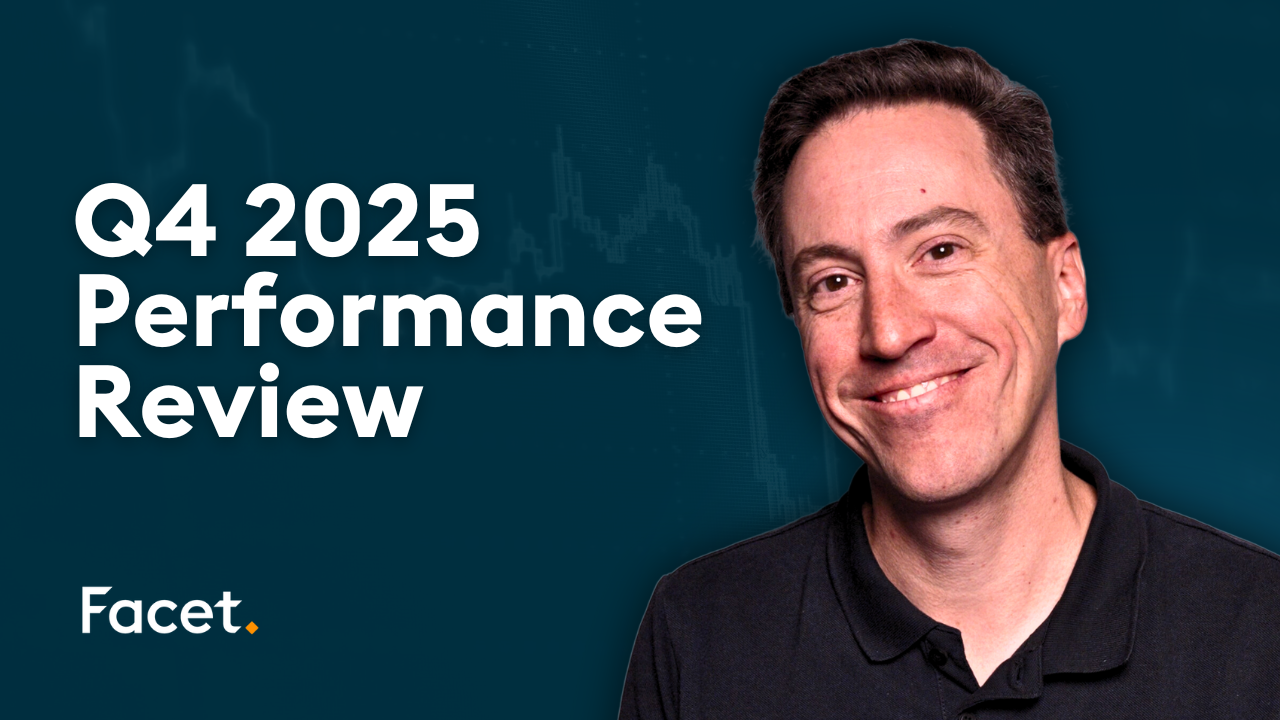
The information provided is based on the published date.
Key takeaways
- Disability income insurance provides financial security for people who are unable to work due to an illness or injury
- Short-term disability policies offer coverage for brief intervals and typically last for a few weeks or months
- Long-term disability insurance is for people who may have sustained extended or life-altering injuries and can last for several years up to a lifetime
- The cost of disability insurance depends on factors such as age, job, and income; typically ranges from 1% to 3% of gross income
- Disability insurance can protect income, provide time to recover, and help you avoid financial stress
Disabilities can negatively impact individuals and families, causing disruptions in income, making it difficult to maintain living standards, pay bills, and provide for loved ones.
The odds of someone having a long-term disability (LTD) might be higher than you imagine. For example, the chance of a forty-year-old experiencing an LTD by age sixty-five is 43%.
So, it goes without saying that disability income insurance policies can help you reduce the impact of any financial losses that result from an illness or accident.
Learn all you need to know about this income protection tool, including what it is, how it works, and the different types of coverage and their limitations.
What is disability income insurance?
If you were unable to work because of a disability, where would you get your income?
Disability income insurance is a safety net that provides financial security if you cannot work due to an illness or injury. It can cover part or all of your salary, so you can focus on your health and recovery without worrying about your finances.
How does disability insurance work?
When you purchase a disability income insurance policy, you choose a coverage amount that will provide the financial protection you need if something happens and you can’t work.
The insurer (an insurance company) pays out benefits either until your condition improves or for a set period of time (usually six months to two years). The policy also includes details on how long it takes before benefits start, when benefits end, and any other restrictions on the coverage.
Disability insurance is meant to provide a percentage of your gross income as a replacement in case of disability, typically ranging between 45% and 65%. It is not meant to cover all of your income.
The cost of your coverage premiums depends on different factors, such as your age, job, and income. Jobs that have a higher risk of injury may require higher premiums. Moreover, the more you earn, the higher your premiums will be because you have more income to replace.
These policies will provide benefits in scenarios where you can no longer perform the important duties of your job due to health problems, accidents, or injuries. It is important to note that the policyholder pays premiums with after-tax dollars, which makes the benefits tax-free.
Doesn’t my employer cover disability insurance?
Many employers offer short-term disability insurance as part of their benefits package. However, these group policies usually last only a few weeks or months, depending on the specifics of your employer’s plan.
Private long-term disability coverage is often a better option than relying on your employer’s or state’s disability insurance plans. Private policies can provide more comprehensive coverage and greater financial protection.
Doesn’t Social Security cover disability insurance?
Social Security does provide disability insurance, but the standards are much stricter than private policies.
To qualify for Social Security Disability Insurance (SSDI), you must meet the government’s definition of “disabled” and have worked long enough to be eligible for benefits. Plus, there’s a five-month waiting period before benefits kick in.
What are the different types of disability income (DI) insurance?
There are two types of disability insurance---short-term and long-term. As the names suggest, the main difference is how long disability benefits are paid to the insured. However, there are other differences you should know, such as the following.
Short-term DI insurance
Short-term disability policies offer employees coverage for brief intervals when they are unable to work. They cover the policyholders when they get sick or injured and cannot fulfill their duties. This temporary wage replacement insurance is meant to last a few weeks or months but typically no longer than a year.
Long-term DI insurance
Long-term disability insurance is for people who may have sustained extended or life-altering injuries. Usually, employer plans (short-term) work in tandem with long-term disability plans. Short-term benefits pay first, and then long-term benefits kick in.
How much does disability insurance cost?
The cost of disability income insurance depends on different factors and typically ranges between 1% and 3% of your gross income. Age is also factored into the underwriting process, with applicants between 18 to 60 years old generally accepted. For females, the insurance rates for coverage are higher than for males. It is important to note that these various factors determine the final premium for the policy.
Insurance companies have paid out more for claims made by women, even when the claims were made earlier in their lives. The reason for this may be due to factors such as pregnancy, childbirth, and a higher likelihood of depression and autoimmune disorders. Additionally, smokers can expect to pay up to 25% more for the same coverage as non-smokers because they tend to have more smoking-related illnesses.
Insurers categorize applicants based on their occupation and income to determine their premiums. The classification is based on the carrier’s past claim experience for these categories. Those who belong to the lowest-risk category pay the least.
What are the pros and cons of individual disability income insurance?
Like any insurance policy, individual disability insurance has its advantages and disadvantages.
While there are plenty of reasons why a DI policy is appropriate, an argument can be made to the contrary in certain situations.
Consider the following pros and cons to guide you in your decision-making process.
Pros of disability income insurance
- Income protection: Most people do a great job protecting their “stuff,” like their homes, vehicles, and other expensive items. However, they often neglect to protect what matters most: their income. Your ability to earn a paycheck is your most valuable asset. Without it, you wouldn’t be able to afford the roof over your head or the car you drive to work. If it’s hard to wrap your head around the concept of treating your earning ability as an asset, look at it this way. Say your annual salary is $100,000. What’s your earning potential over the next ten years worth? Assuming you don’t receive a raise, that number comes to $1 million. If that number isn’t compelling enough, add in the value of your work benefits. As you can see, there’s a lot to lose if something happens and you can’t work.
- Time to recover: Financial anxiety can be a major hurdle when recovering from an illness or injury. Focusing on lost income can even delay your recovery process and make it harder to return to work at full capacity. If you meet the policy’s definition of disability, DI insurance will aid you in replacing your lost income. This will allow you to focus on your recovery without pressure to return to work prematurely.
- Avoid financial catastrophes: Disabled individuals often resort to relying on credit, such as credit cards or short-term, high-interest loans, when they do not have a robust emergency fund to cover expenses. And even then, most people don’t have enough liquid assets to cover months or years’ worth of lost income.
Cons of disability insurance
- Costs can be high: Typically, an individual disability income policy costs between 1% and 3% of your income. The price ranges may vary based on factors such as age, chronic health conditions, and susceptibility to disabilities due to job type.
- You may have to health qualify: When applying for an individual disability insurance policy, a paramedical exam is often necessary. This exam assesses your health to determine your likelihood of filing a claim. It’s similar to getting a physical. It’s brief, consisting of an interview, a blood and urine screen, and a vital check. While this process isn’t a concern for most, those with serious conditions are at risk of getting disqualified due to medical underwriting.
- You may have to wait for benefits to kick in: The time between when a disability occurs and when a check is issued to the insured is called the elimination period. Like an insurance deductible, the elimination period is when the insured has to pay some out-of-pocket costs before benefits kick in. The elimination period for short-term disability insurance is usually between 7 and 30 days, with an average of 14 days. Long-term disability policies typically have waiting periods ranging from 30 days to a year, with an average of 90 days.
Final word
Personal disability insurance provides financial protection for those who find themselves unable to work due to an illness or injury. It’s important to understand how this type of policy works and what it can offer before applying for coverage.
Ultimately, having access to comprehensive advice from a reliable financial professional is essential when struggling with a financially-devastating situation.
Want a clear picture of how disability income insurance works into your overall financial plan? Click below to set up a time to talk with us today.
Facet
Facet Wealth, Inc. (“Facet”) is an SEC registered investment adviser headquartered in Baltimore, Maryland. This is not an offer to sell securities or the solicitation of an offer to purchase securities. This is not investment, financial, legal, or tax advice. Past performance is not a guarantee of future performance.


